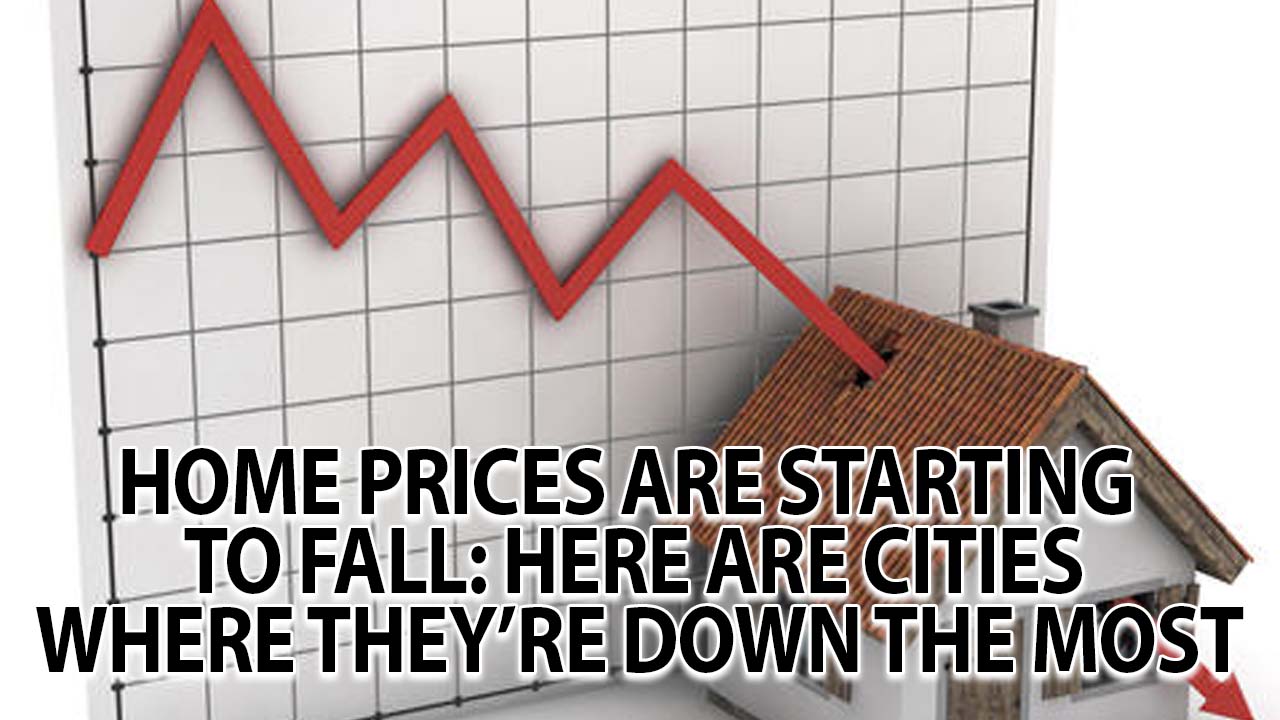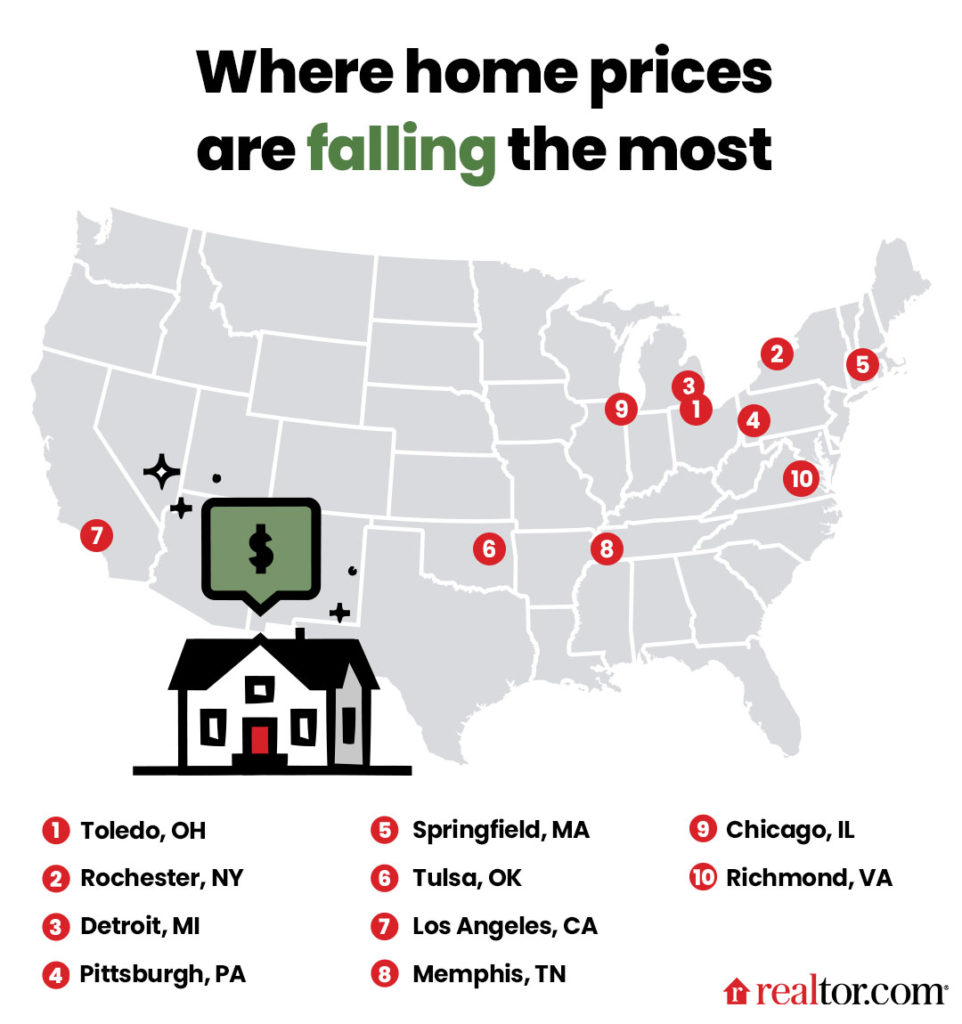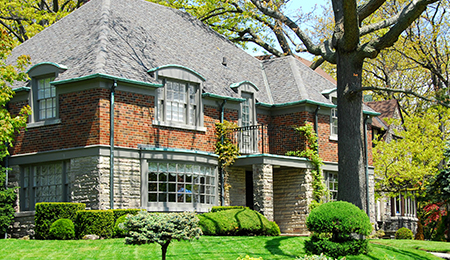
What goes up must come down, right? Well, Newton’s law of gravity has been pressure-tested in recent years as homebuyers have anxiously watched home prices shoot up and up, to record heights in the wake of the COVID-19 pandemic. Double-digit monthly price growth in many hot markets? Check. Panic and despair settling in among many wannabe homebuyers? Check.
The price hikes have seemed unstoppable—until now.
The spring housing market got off to a strong start, but rising mortgage interest rates topping 5%—plus high inflation and soaring rents—appear to be starting to temper high prices in certain housing markets. To be clear: Overall affordability remains a challenge. Many would-be buyers are being priced out of homeownership as higher mortgage rates mean more expensive monthly housing payments. But when there are fewer buyers competing for homes and bidding them up, prices typically go down.
Realtor.com® found the metropolitan areas where home prices are doing what recently seemed unthinkable: They’re falling. Some of these dips are because prices grew too out of whack with what locals in many Rust Belt communities could afford. So prices had to come down a little to find buyers. In other cases, it’s not that the same house costs less. Rather, the lower prices are due to fewer larger homes, which generally fetch higher prices, going up for sale. (Metros include the main city and surrounding towns, suburbs, and urban areas.)
“Many of the metro areas seeing median list price declines have seen an [influx] of smaller homes come to market, which carry lower price tags,” says George Ratiu, manager of economic research for Realtor.com. “At the same time, several of the cities have unemployment rates, which, while still historically low, are above the national level. [This indicates] that buyers may face steeper affordability challenges from rising mortgage rates.”
This is not a repeat of the Great Recession when a housing bubble popped and prices plummeted across the country. These are mostly smaller decreases that don’t portend another crash.
To figure out where prices are moving south, the Realtor.com data team looked at the year-over-year median list prices in the 100 largest metros in March. To ensure geographic diversity, we limited our list to just one metro per state.
Ready to see where buyers can get a home for a little less?

Feel free to reach out to me at janet@simplyyourbestmove.com or 703-328-3434 for all your questions concerning real estate in the DC Metro Area and anywhere else.



